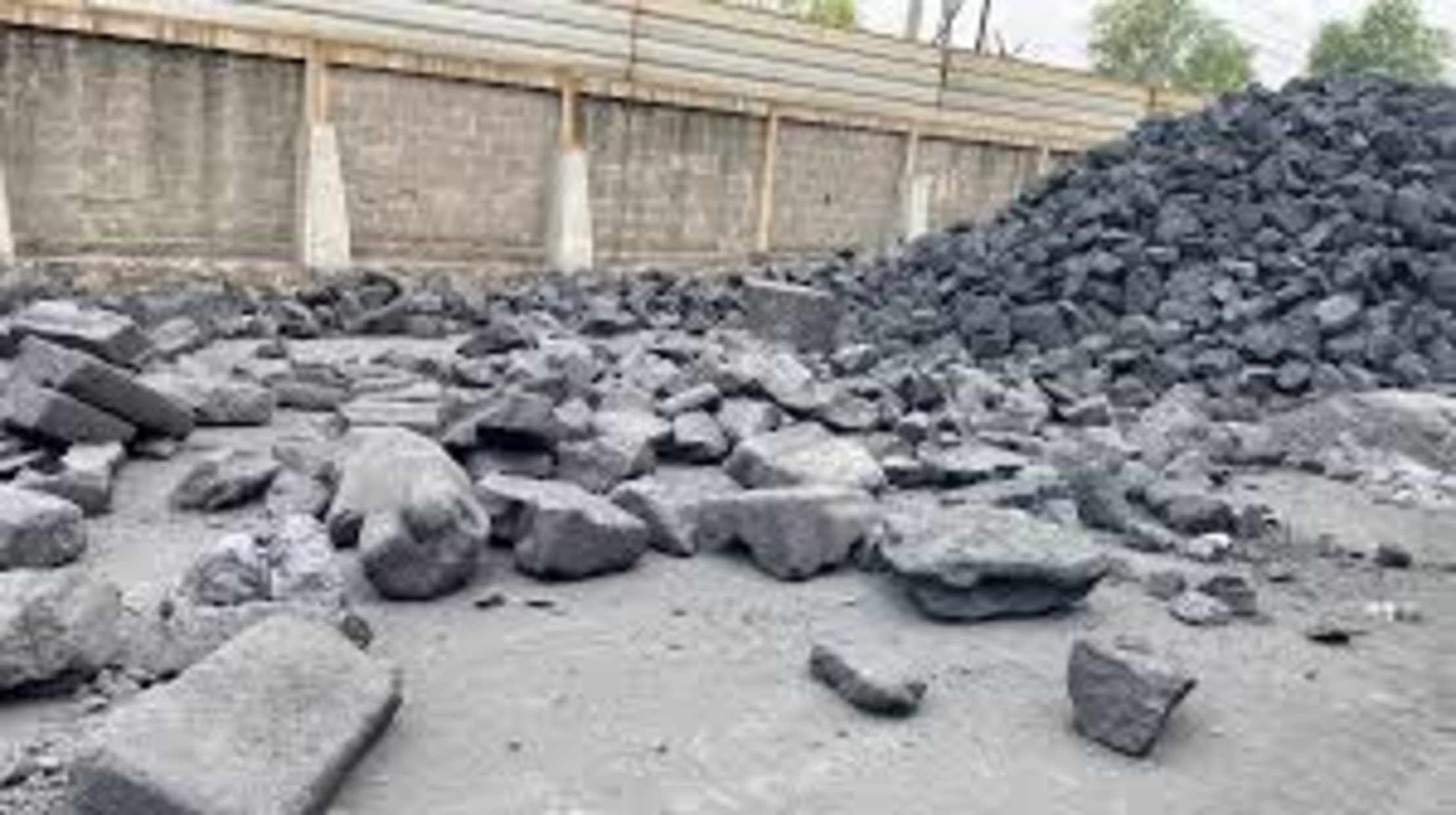Understanding Carbon Anode Butts and Their Industrial Use
Carbon anode butts are a by-product of the aluminum smelting process, formed from the remaining portion of carbon anodes after their consumption in the electrolytic reduction of alumina. While they are considered spent materials, carbon anode butts retain high carbon content and are valuable for various industrial applications. This blog explores the significance of carbon anode butts, their industrial uses, and how they contribute to sustainability and cost-efficiency in manufacturing.
What Are Carbon Anode Butts?
Carbon anode butts are the residual materials left after the consumption of carbon anodes in the Hall-Héroult process for aluminum production. Despite being spent, these butts still contain valuable carbon and can be processed and repurposed for industrial applications. They are characterized by:
- High Carbon Content: Typically ≥ 95%.
- Thermal Resistance: Retain stability under high temperatures.
- Durable Composition: Hard and dense material suitable for demanding processes.
Industrial Uses of Carbon Anode Butts
1. Recycling for New Anodes
- How It Works: Spent anode butts are crushed, cleaned, and reprocessed to manufacture new carbon anodes.
- Benefits: Recycling reduces raw material costs and conserves resources, promoting sustainability in aluminum smelting.
2. Fuel for Energy Production
- Why It’s Used: The high carbon content and calorific value of anode butts make them an efficient alternative fuel source.
- Applications: Used in industries such as cement production and power generation.
3. Carbon Additive in Steel Manufacturing
- How It Helps: Carbon anode butts are used as a carbon additive in steel production to improve quality and performance.
- Benefits: Provides cost-effective and high-carbon material for the steel industry.
4. Chemical Industry Applications
- Role: Acts as a raw material for producing carbon-based chemicals and industrial catalysts.
- Impact: Reduces dependency on virgin carbon sources.
5. Non-Ferrous Metal Refining
- Use Case: Employed as a carbon source in the extraction and refining of non-ferrous metals like copper and nickel.
- Advantages: Enhances efficiency in metallurgical processes.
6. Construction Material
- Special Applications: Occasionally used in construction for its thermal and structural properties.
- Example: Filling materials for heat-resistant construction components.
Advantages of Using Carbon Anode Butts
Cost-Efficiency
- Utilizing recycled anode butts reduces the need for raw materials, lowering production costs.
Energy Savings
- The high calorific value of anode butts provides an efficient energy source for various industrial applications.
Environmental Benefits
- Recycling spent anodes minimizes waste and reduces the carbon footprint of aluminum smelting and other industries.
Resource Conservation
- Repurposing carbon anode butts extends the life cycle of valuable carbon resources.
Versatile Applications
- Their adaptability across multiple industries makes them a valuable secondary resource.
Challenges in Using Carbon Anode Butts
Processing Requirements
- Anode butts must be cleaned and processed to remove impurities before being reused or repurposed.
Transportation Costs
- The bulk and weight of anode butts can make transportation expensive if not managed efficiently.
Limited Awareness
- Many industries are unaware of the potential uses and benefits of carbon anode butts, leading to underutilization.
The Role of Sustainability in Carbon Anode Butts Utilization
Promoting Recycling in Aluminum Smelting
- Recycling spent anodes reduces reliance on virgin materials, contributing to a circular economy.
- Advanced processing techniques ensure higher recovery rates and better quality for recycled anodes.
Reducing Environmental Impact
- By reusing anode butts as fuel or additives, industries reduce the environmental footprint of waste disposal and resource extraction.
Alignment with Green Goals
- Industries incorporating anode butt recycling align with global sustainability initiatives, improving their environmental and social governance (ESG) scores.
Innovations in Carbon Anode Butts Processing
Advanced Cleaning Techniques
- Modern methods ensure that impurities are effectively removed, enhancing the quality of recycled materials.
AI-Driven Efficiency
- Artificial intelligence and data analytics optimize the processing and repurposing of anode butts, reducing costs and improving outcomes.
Sustainable Logistics
- Improved transportation and supply chain management minimize emissions associated with moving bulk materials.
Conclusion
Carbon anode butts, once considered a waste by-product, have become a valuable secondary resource across industries. From recycling into new anodes to serving as fuel or additives, their applications are diverse and impactful. By embracing innovations in processing and sustainability, industries can maximize the value of carbon anode butts while contributing to a greener and more cost-efficient future.
Understanding their potential and adopting practices that utilize carbon anode butts effectively ensures resource conservation, operational savings, and alignment with global sustainability goals. As industries continue to prioritize eco-friendly solutions, the importance of carbon anode butts in industrial processes will only grow.
